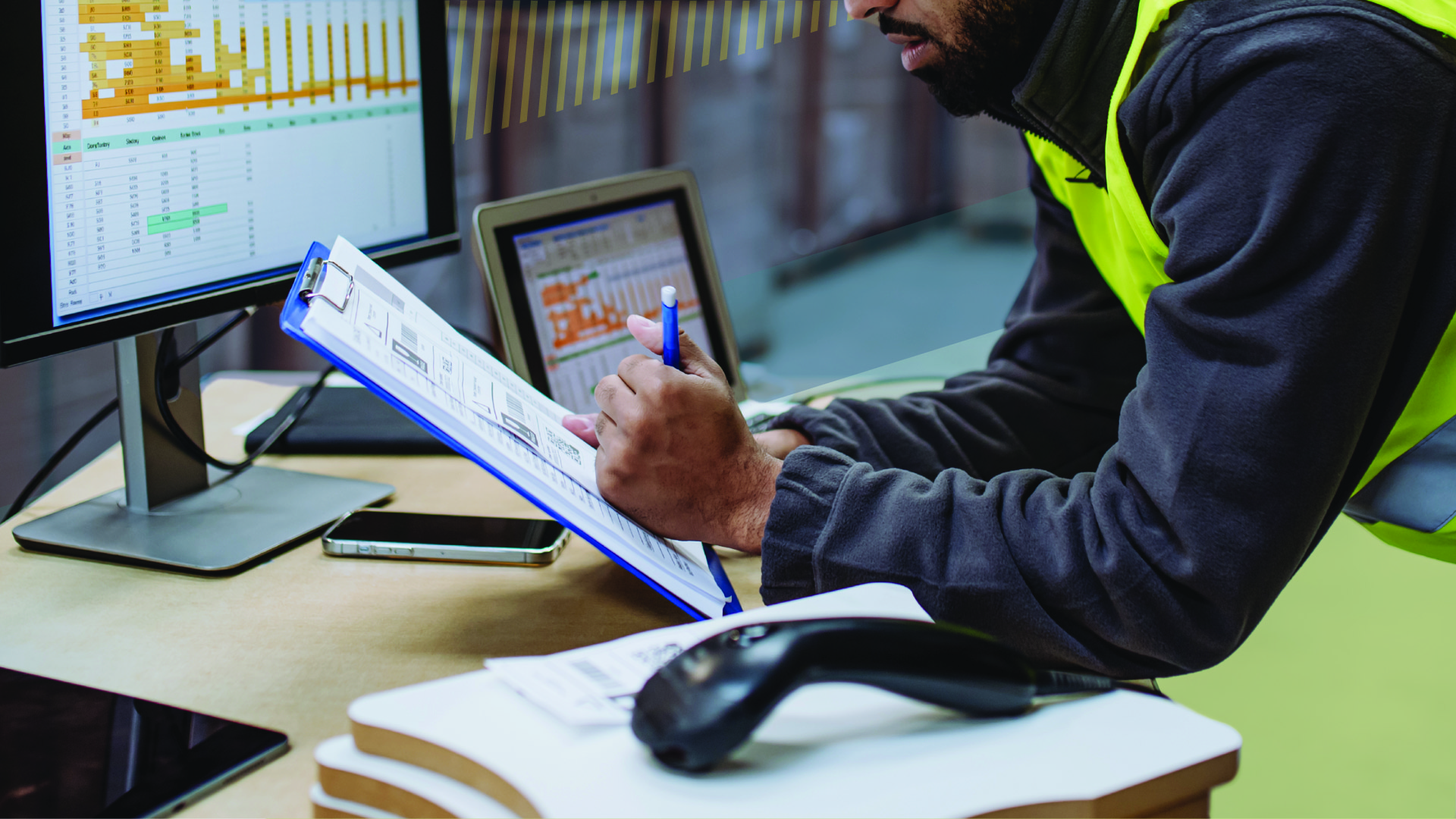Much has been made about the future potential and emergent application of Artificial intelligence (AI) this past decade. AI’s growing influence is evident in diverse sectors from healthcare to financial services. Perhaps more controversially, AI is even seeping into creative fields like art and music, being used to generate new forms of content and assist in the creative process. Although it has its share of critics, the integration of AI into various industries is not only enhancing operational efficiencies but also driving innovation and creating new business models. Companies that adopt AI technologies can gain a competitive edge through the improved decision-making processes, reduced costs, and superior products and services it provides.
AI refers to the simulation of human intelligence processes by machines, particularly computer systems. These processes include learning, reasoning, problem-solving, perception, and language understanding. Over the past ten years, AI has rapidly evolved and found applications across a multitude of industries, driven by advances in machine learning, natural language processing, robotics, and big data analytics. Its ability to analyze vast amounts of data, recognize patterns, and make decisions with minimal human intervention has made AI a transformative technology. As AI continues to evolve, its impact will likely expand, reshaping industries and creating new opportunities and challenges in the global economy. One such industry poised to greatly benefit from the rise of AI is the warehousing and fulfillment sector.
The Current Landscape of Warehousing, Fulfillment, and AI
Warehousing and fulfillment is already undergoing a significant transformation due to the integration of artificial intelligence (AI). Traditionally, warehouses have depended on humans to operate all aspects of inventory management and order fulfillment. The industry has relied on manual processes for inventory management, order picking, and packaging, often resulting in inefficiencies, inaccuracies, and higher operational costs. This manual approach is notoriously riddled with issues, like inventory miscounts, slow order processing, and frequent human errors that lead to issues such as misplaced items or incorrect shipments. These problems erode profit through increased costs and the inability to meet customer demands.
With the advent of AI, many of these operations are becoming increasingly automated, leading to substantial improvements. AI-powered systems can track inventory in real time, forecast order demand more accurately, and automate many routine tasks, reducing the dependency on human labor (and thereby minimizing errors).
Compounding these challenges is the rise of ecommerce, which has fundamentally altered consumer expectations. Online shoppers expect rapid delivery, real-time order tracking, and seamless purchasing experiences–a shift which has put immense pressure on traditional warehousing operations which are often ill-equipped to handle the volume and speed of orders generated by ecommerce platforms. Peaks in demand, such as during holiday seasons or promotional events, exacerbate these issues, leading to backlogs and delays that can frustrate customers and damage a company’s reputation. The high labor costs associated with scaling up manual processes to meet these demands further strain the profitability. AI technologies, such as machine learning algorithms and predictive analytics, enable warehouses to optimize order processing and routing. These systems allow shippers to dynamically prioritize orders, anticipate peak times, and optimize delivery routes, facilitating prompt and accurate order fulfillment.
How AI is Revolutionizing Inventory Management
AI-powered inventory management is shifting how warehouses track and manage their stock. In contrast to error-prone manual inventory inputs and periodic audits, AI systems use advanced algorithms to automate inventory tracking. These systems can automatically scan barcodes, RFID tags, or even use computer vision (image processing techniques to analyze visual data captured from cameras or other imaging devices within a warehouse or inventory environment) to keep precise records of stock levels, locations, and movements within the warehouse. This automation not only improves accuracy but also frees up staff to focus on more complex tasks that require human judgment.
One of the most transformative aspects of AI in inventory management is the ability to provide real-time inventory updates. AI systems continuously monitor inventory levels and update databases instantaneously, ensuring that warehouse managers have up-to-the-minute information. This always-updated visibility helps 3PLs maintain optimal stock levels and quickly address any discrepancies. Any items that are miscounted or misplaced will notify staff immediately, allowing for prompt corrective action. This capability reduces the risk of stockouts and overstock situations, which can be costly and disruptive to business operations.
Intelligent Demand Forecasting
AI plays a critical role in demand forecasting and restocking. By analyzing historical sales data, seasonal trends, and other relevant factors, AI algorithms can predict future demand with high accuracy. Unlike traditional methods, AI can consider a broader range of variables, such as marketing campaigns, holidays, and market trends, and the complex relationships between them, leading to more precise predictions. It can even identify subtle patterns that humans might overlook, such as the impact of local events on product demand or the influence of weather conditions on sales. These predictive insights enable warehouses to proactively manage their inventory, ensuring they are well-prepared for upcoming demand spikes or lulls. This improved forecasting accuracy helps warehouses anticipate demand fluctuations and plan inventory levels accordingly.
Dynamic Restocking Automation
AI-driven systems can automate the restocking process by continuously monitoring inventory levels and predicting when stock will run low. When inventory falls below a certain threshold, the AI system can automatically generate purchase orders and send them to suppliers, all while optimizing order quantities by considering factors such as lead times, supplier reliability, and carrying costs. This automation ensures that stock levels are replenished promptly without the need for manual intervention, reducing the risk of stockouts and ensuring that products are always available for customers.
Real-Time Inventory Adjustments
AI systems can also provide real-time updates on inventory levels, allowing warehouses to respond quickly to changes in demand. For instance, if there is a sudden spike in demand for a particular product, the AI system can immediately adjust forecasts and initiate restocking procedures to ensure that the warehouse remains well-stocked. Conversely, if a product’s sales drop unexpectedly, AI can adjust future restocking plans to prevent overstocking. This real-time responsiveness helps maintain optimal inventory levels.
Robotic Automation & AI in Warehouses
The integration of robotics and automation in warehouses is driven by artificial intelligence and is transforming the logistics and supply chain landscape. AI-enhanced robots are revolutionizing the way warehouses operate by improving efficiency, accuracy, and safety. Two prominent types of robots utilized in this context are Autonomous Mobile Robots (AMRs) and Collaborative Robots (cobots).
Autonomous Mobile Robots (AMRs). Autonomous Mobile Robots (AMRs) are AI-equipped robots with advanced sensors and algorithms that enable them to navigate complex warehouse environments without human guides. Where traditional automated guided vehicles (AGVs) must follow fixed paths, AMRs can dynamically plan their routes and avoid obstacles autonomously in real time. This allows them to flexibly adapt to changes in warehouse layouts and automatically adjust their paths for optimal efficiency. AMRs can be used for tasks such as transporting goods between different areas of the warehouse, picking items from shelves, and replenishing inventory. AMRs significantly reduce the time and labor costs associated with manual handling and transportation of goods.
Collaborative Robots (Cobots). Collaborative Robots, or cobots, are designed to work alongside human workers to enhance productivity and safety. Cobots are equipped with sensors and onboard AI systems that allow them to interact safely with humans and their environment. They can assist with tasks such as picking, packing, and sorting, complementing human efforts rather than replacing them. Cobots are particularly beneficial in handling repetitive and physically demanding tasks, reducing the risk of injury and fatigue for human workers. Cobots are capable of learning and adapting to different tasks using machine learning, which makes them versatile assets in a dynamic warehouse setting.
The Benefits of AI-Driven Robotics and Automation
The deployment of AI-driven robotics and automation enhances operational efficiency by significantly reducing the time required for various tasks, such as order picking and inventory replenishment. Robots can operate continuously without breaks, improving productivity and resulting in faster order fulfillment. AI-powered robots also improve accuracy in order processing, minimizing errors that can occur with manual handling. The use of robots reduces labor costs and mitigates the impact of labor shortages, which are common challenges in the warehousing industry.
AI-driven automation enhances workplace safety by taking over hazardous tasks and reducing the physical strain on human workers. Robots can handle heavy lifting, work in extreme temperatures, and perform repetitive tasks without the risk of injury. This allows human workers to focus on more complex and strategic activities that require cognitive skills and decision-making.
Enhanced Fulfillment via AI Optimization
AI is driving a range of fulfillment operational improvements through the use of advanced algorithms and machine learning, enhancing the efficiency and accuracy of order processing and delivery logistics. AI can streamline order routing, delivery logistics, and more.
Smart Order Routing and Processing
Smart order routing and processing uses AI to determine the most efficient path for orders to take–from the moment they are placed until they are delivered to the customer. The AI system analyzes multiple variables, such as inventory levels, warehouse locations, and delivery destinations, and then dynamically assigns orders to the most appropriate fulfillment centers. This makes sure that orders are processed quickly and shipped from locations that can deliver them most efficiently. This optimization reduces shipping times and costs, enhancing customer satisfaction and operational efficiency.
Dynamic Order Prioritization
Dynamic order prioritization is another AI process that evaluates orders in real time and prioritizes them based on factors such as delivery deadlines, customer preferences, and available inventory. An AI system can prioritize expedited shipping orders or group orders that should be bundled together for more efficient processing. Dynamic prioritization fill high-priority orders first while maintaining an efficient workflow for all other orders. It also helps manage peak periods by automatically adjusting priorities based on current demand and resource availability.
Route Optimization for Delivery
AI can make a significant difference by analyzing real-time traffic data, delivery locations, and historical route performance to determine the most efficient delivery routes. This reduces delivery times and minimizes fuel consumption and other operational costs. Machine learning algorithms continuously learn from past deliveries to improve future route planning, taking into account variables such as weather conditions, road closures, and delivery time windows, leading to more accurate and efficient deliveries.
Enhancing Warehouse Security and Maintenance with AI
AI is also playing an increasingly greater role in enhancing warehouse security and maintenance by providing solutions that greatly and reliably improve the safety and efficiency of warehouse operations.
AI in Surveillance and Security Systems
Automated Threat Detection
Automated threat detection systems are AI programs that are revolutionizing security in warehouses by using advanced image recognition and machine learning algorithms to analyze video footage in real-time. They can identify suspicious activities, unauthorized access, and potential security breaches more accurately and faster than traditional surveillance systems. These systems detect unusual movement patterns, recognize faces of unauthorized personnel, and alert security staff immediately.
Real-Time Monitoring
AI also enables real-time monitoring using cameras and sensors that continuously monitor the premises, providing real-time data and alerts to security personnel. This continuous surveillance allows for immediate responses to any security threats, minimizing the risk of incidents escalating. AI systems can also integrate with other security measures, such as access control systems and alarm systems, to provide a comprehensive security solution. Real-time monitoring identifies security anomalies, helping staff address these issues promptly.
Predictive Maintenance of Warehouse Equipment
Minimizing Downtime
Predictive maintenance is yet another AI-driven system, allowing warehouses to preventatively manage their equipment. Traditional maintenance practices often rely on unnecessary scheduled maintenance or reactive repairs, which can lead to unexpected downtime and costly repairs. AI, however, uses data from sensors embedded in warehouse equipment to constantly monitor their condition. Algorithms analyze this data and use machine learning to predict when a piece of equipment is likely to fail or require maintenance. Predictive maintenance not only minimizes downtime but also significantly reduces repair costs by helping warehouses avoid the high-cost emergency repairs and work stoppages.
Challenges to Implementing AI in Warehouses
Many challenges exist as very real barriers to implementing AI in warehousing and fulfillment services–ranging from financial constraints to ethical considerations.
High Initial Costs
The high initial costs associated with acquiring and deploying AI technologies can significantly delay their adoption and implementation in many facilities. Investing in AI-powered systems, such as robotics, automation, and AI-driven software requires a significant upfront capital expenditure investment in hardware, software, and infrastructure. The cost of implementing AI may be prohibitive for many warehouses, especially smaller or medium-sized ones. On top of that, ongoing maintenance and upgrades can further increase the total cost of ownership, making it difficult for some warehouses to justify the investment.
Integration with Existing Systems
Bringing AI systems in line with existing warehouse management systems (WMS) and other IT infrastructure can be a complicated and challenging process. Many warehouses rely on legacy or homegrown systems that may not be compatible with modern AI technologies. Integrating AI systems requires careful planning, customization, and may necessitate the replacement or upgrading of outdated systems. Seamless integration without disrupting day-to-day operations is key but can be time-consuming and resource-intensive.
Ethical and Workforce Implications
There are ethical concerns related to job displacement caused by the onset of AI in the warehouses. AI automation can replace many manual tasks, risking job loss for lower-skilled warehouse workers. The ethical implication of AI-driven automation can put the onus of responsibility on businesses to support displaced workers through retraining and re-skilling initiatives. Additionally, some concerns have emerged regarding the potential for AI systems to perpetuate biases or discrimination, particularly in areas such as hiring or performance evaluation.
Data Privacy and Security Issues
Because AI systems rely on large banks of data to learn and make decisions, many concerns have emerged around data privacy and security. Warehouses collect sensitive data, such as customer information, inventory records, and operational data, which must be protected from unauthorized access, theft, or misuse. Implementing AI systems requires robust data security measures to safeguard against potential cyber threats, data breaches, or unauthorized access. Additionally, warehouses must comply with data privacy regulations, such as the General Data Protection Regulation (GDPR) in Europe or the California Consumer Privacy Act (CCPA) in the United States, which impose strict requirements for data protection and privacy.
The Future of AI in Warehousing and Fulfillment
AI holds immense potential for further transformation and innovation in the warehousing and fulfillment industry. Emerging trends and technologies are poised to impact sweeping changes across the industry, driving efficiency, productivity, and competitiveness.
AI and IoT Integration
The combination of AI with Internet of Things (IoT) devices is set to redefine how warehouses operate. Using IoT sensors and devices, warehouses can gather real-time data on inventory, equipment, and environmental conditions, then use AI algorithms to analyze this data to optimize inventory management, predict equipment failures before they occur, and automate processes such as temperature and humidity control. A seamless integration of AI and IoT technologies will enable warehouses to operate more intelligently and efficiently, with greater visibility and control over their operations.
Advanced Robotics and AI-Driven Analytics
Warehousing and fulfillment companies of the future will be equipped with advanced robotics and AI-driven analytics. These systems will become more and more sophisticated, capable of performing a wider range of tasks with greater autonomy and precision. AIanalytics will enable warehouses to gain deeper insights into their operations, identifying patterns, trends, and opportunities for optimization. Predictive analytics powered by AI will anticipate future demand, enabling warehouses to proactively manage inventory, staffing, and logistics. These advancements will drive efficiency, accuracy, and cost savings across the entire supply chain.
The Evolving Role of Human Workers
While AI and robotics will automate many routine tasks in warehouses that human workers do today, humans will continue to play a skilled role in overseeing and optimizing operations. Warehouse laborers will shift towards more strategic and value-added activities that require creativity, critical thinking, and problem-solving skills, often collaborating with AI-powered systems to improve efficiency, troubleshoot issues, and innovate new solutions. Upskilling and reskilling programs will become essential to ensure that workers can adapt to the changing demands of the digital workplace and remain competitive in the job market.
Predictions for the Next Decade
The next decade is expected to bring significant advancements in AI-driven warehousing and fulfillment, including:
- Increased adoption of autonomous robots for tasks such as picking, packing, and transportation.
- The emergence of AI-powered predictive maintenance systems that anticipate equipment failures and optimize maintenance schedules.
- Integration of AI into supply chain management systems to enable end-to-end visibility and optimization.
- Continued refinement of AI algorithms for demand forecasting, inventory optimization, and route optimization.
- Greater collaboration between AI-powered systems and human workers, leading to more efficient and responsive warehouse operations.




